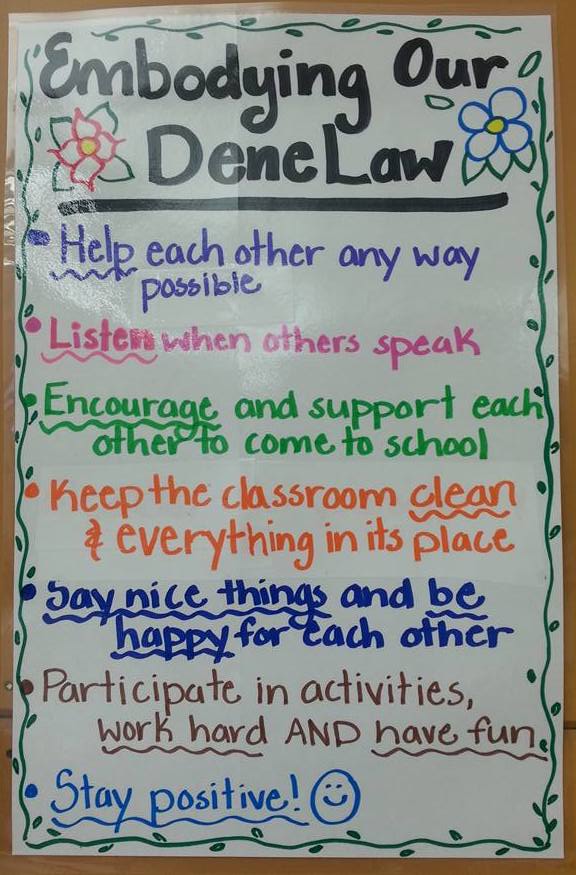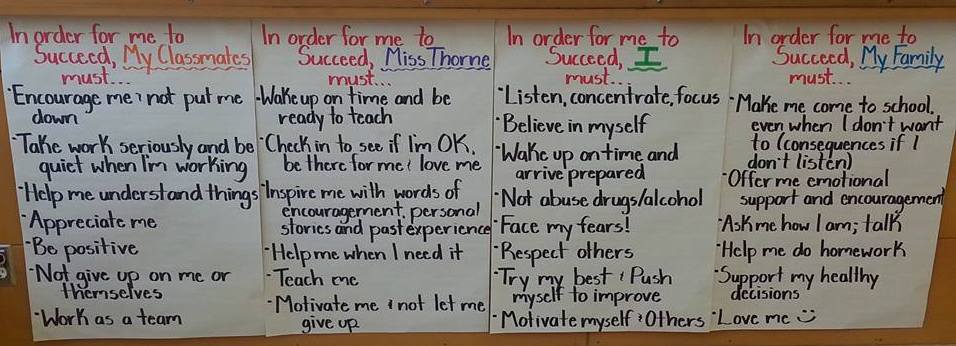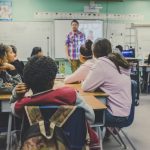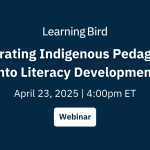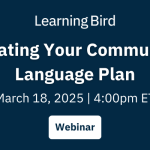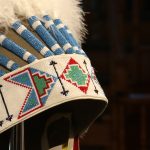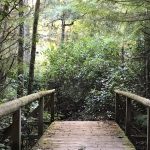Teaching Through the Four Rs of Indigenous Education
You can feel it in the air. Longer evenings slowly encroach upon scorching afternoons. The smell of falling leaves overpowers the fresh flowery scent of summertime. Fall is on its way, and along with it comes a brand new school year. In the weeks to come, educators everywhere will return to their schools to begin creating warm and welcoming learning environments. There are halls and classrooms to arrange, organize, and decorate, classes to prepare, and lessons to plan. Needless to say, right now is a busy time in the world of education! Especially, some would say, in the age of reconciliation. Educators can take steps toward reconciliation by teaching through the Four Rs of Indigenous education.
Reconciliation and Indigenous Education
Most Canadians grew up in an education system that did not teach about Indigenous Peoples. The history of colonization, including the residential school system, contemporary Indigenous issues, and Indigenous cultures, traditions, and worldviews, is unfamiliar to many Canadians, including educators. This can make the prospect of teaching Indigenous content in a way that supports reconciliation daunting.
TRC Calls to Action
According to the Truth & Reconciliation Commission of Canada, “reconciliation is about establishing and maintaining a mutually respectful relationship between Aboriginal and non-Aboriginal peoples in this country” (p. 6). The Commission calls upon Canadians to change behaviours to support and build mutual respect.
The Four Rs of Indigenous Education
The work of two renowned Indigenous scholars, Verna J. Kirkness and Ray Barnhardt, helps educators wishing to take action to decolonize their teaching practice. In “The Four Rs – Respect, Relevance, Reciprocity, and Responsibility” (2001), Kirkness & Barnhardt teach us that educators and schools can begin to Indigenize and decolonize schooling using the Four Rs:
- Respect First Nations cultural integrity.
- Provide education that is relevant to First Nations perspectives and experience.
- Foster reciprocal relationships.
- Demonstrate responsibility through participation.
Applying the Four Rs of Indigenous Education
While the framework was originally for higher education settings, we can adapt it to Indigenize education at any level. This blog post offers suggestions any educator can use in any context. This blog post is by no means comprehensive. It is a guide for educators to start applying the Four Rs. Read on to get your feet wet, and feel free to consult this annotated bibliography to learn more!
Respecting First Nations Cultural Integrity
Respect is a concept that often feels more abstract than action-based. It can be difficult to think of specific actions that demonstrate respect. However, small steps can make a big difference. There are some simple ways educators can build their understanding and knowledge to demonstrate respect:
- Read up on key concepts like colonialism and privilege.
- Recognize negative emotions that arise when confronting these topics and investigate the discomfort.
- Read books and articles by Indigenous authors and view art by Indigenous artists.
- Take ownership of your own learning.
- Find other educators interested in decolonization to share and process experiences together.
Making Education Relevant to First Nations Perspectives and Experience
Indigenous worldviews are based on deep connections with the land. Sacred places dominate the Canadian landscape. Many Indigenous Peoples adhere to Protocols and ceremonies, traditions and norms that the education system does not include or acknowledge. Consider how educators can make their classes relevant to First Nations perspectives and experience:
- Take time to learn the region’s Indigenous history and share your learnings in your classes.
- Learn about sacred places and landmarks nearby.
- Use Indigenous place names.
- Reach out to local Indigenous organizations for information, resources, and opportunities to work together.
- Invite members of the Indigenous community into the classroom to share teachings and stories.
Developing Reciprocal Relationships
Traditional Indigenous education models differ from today’s typical schooling. In many Indigenous cultures, learning involves observing, making attempts, working through failures, and eventually mastering the skill at hand. Indigenous worldviews most often consider learning a life-long journey in which every person has something to teach others.
This can be freeing for educators, who often feel a great deal of pressure to be the expert all the time. Educators can learn alongside – and even from – their learners when we understand all relationships as give-and-take. There are many ways educators can begin to foster reciprocal relationships with learners:
- Invite learners to participate in decision-making.
- Make an effort to teach holistically.
- Express care for learners’ overall wellbeing.
- Do not be afraid to say, “I don’t know, let’s find out together.”
Practicing the Four Rs of Indigenous Education
You can find an example of student-led decision-making in the classroom below. During the first week of school, I led my grade 10/11/12 class to establish our code of conduct based on Dene Laws instead of presenting them with class rules. The activity went deeper to recognize that each person is the sum of all the relationships in their lives. The class created a detailed plan for their individual and collective success. The learners displayed the results prominently in the classroom. Learners were proud of their work, often referencing the posters on the walls as the year progressed.
Taking Responsibility Through Participation
When appropriate, participating in conversations and Indigenous events and activities can represent a step towards reconciliation. Here are just a few ways educators can take responsibility through participation:
- Support Indigenous learners’ participation in traditional activities concretely (creating make-up assignments, homework packages, etc.).
- Attend community activities hosted by Indigenous organizations.
- Lead by example. Talk about decolonizing and Indigenizing education with colleagues.
- Seek out Indigenous business people, motivational speakers, craftspeople, artists, etc., when seeking guest speakers.
- Plan field trips to Indigenous events, exhibits, landmarks, and the like.
Conclusion
To Indigenize and decolonize education, educators must draw upon Indigenous worldviews and ways of knowing, teaching, and learning. This blog post is an introduction. The real experts are the Indigenous Elders, scholars, artists, and community members fighting for decolonization and Indigenization. Check out our annotated bibliography for some incredible resources, and best of luck for the year ahead!
Note: I based this blog post on my graduate paper, “Decolonizing Practices for Settler Educators in Indigenous Contexts: Drawing upon the Four Rs of Indigenous education for meaningful curriculum change.” I wrote it in partial fulfillment of the Master’s of Education in Curriculum and Leadership at the University of British Columbia. It analyzes works by Indigenous and Indigenist education scholars about culturally responsive pedagogy.
Sources
- Kirkness, V. J., R. Barnhardt (2001). First Nations and higher education: The four R’s – Respect, relevance, reciprocity, responsibility. In R. Hayoe and J. Pan (Eds.), Knowledge across cultures: A contribution to dialogue among civilizations. Comparative Education Research Centre, University of Hong Kong. https://www.uaf.edu/ankn/publications/collective-works-of-ray-b/Four-Rs-2nd-Ed.pdf
- Truth and Reconciliation Commission of Canada. (2015). Honouring the truth, reconciling for the future: Summary of the final report of Canada’s Truth and Reconciliation Commission. Truth and Reconciliation Commission of Canada. https://ehprnh2mwo3.exactdn.com/wp-content/uploads/2021/01/Executive_Summary_English_Web.pdf



